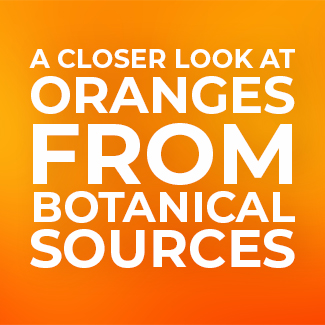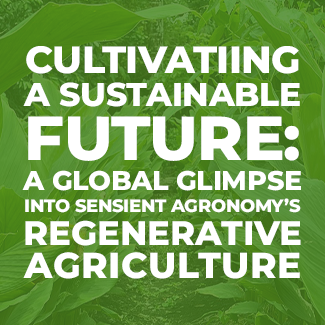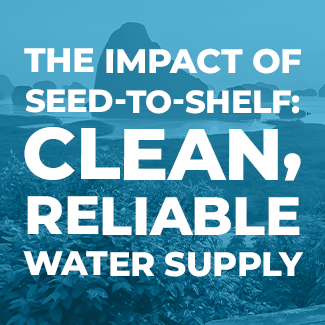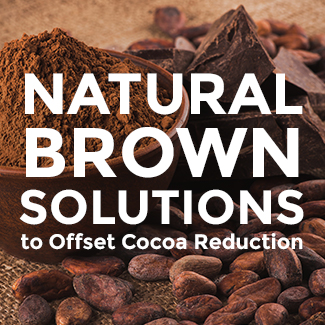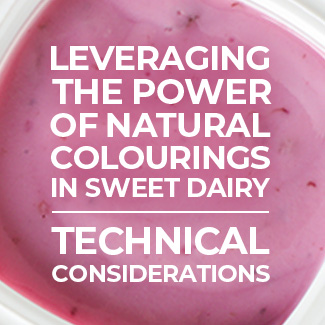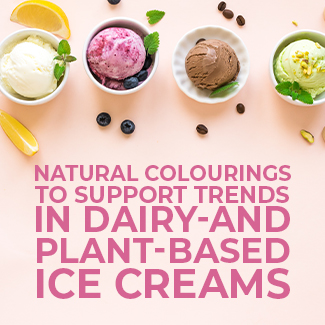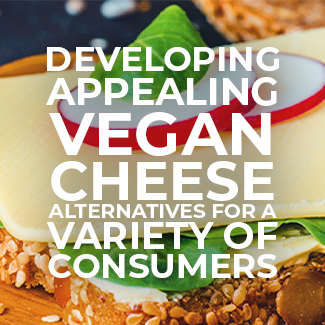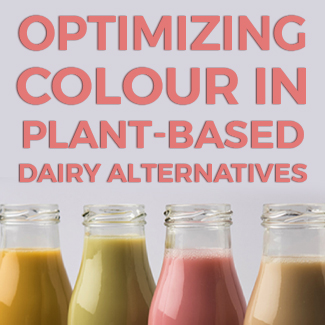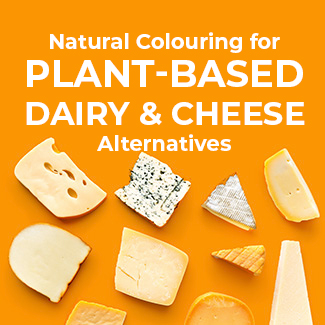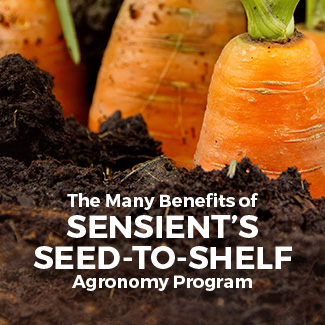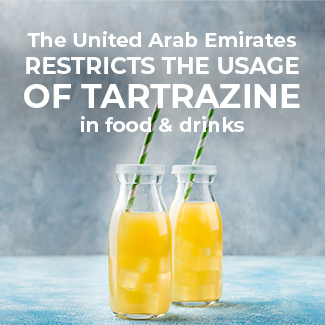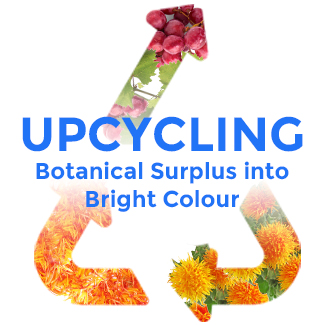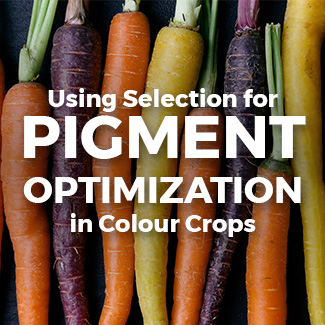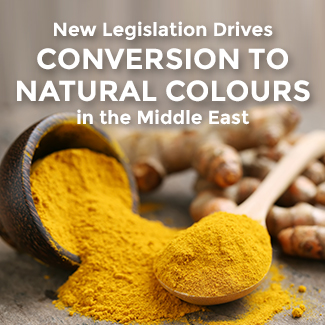Growing Sources for Natural Colours Sustainably
Social and Environmental Stewardship in Natural Colour Farming
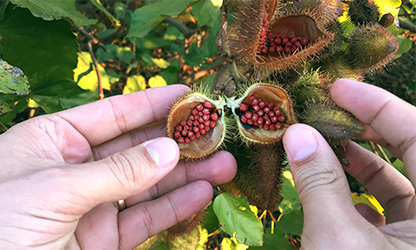 In our agronomy program, we partner with our growers to share the best practices in farming that help to maximize land productivity and boost local economies. Many of these relationships span decades, as our growers are integrated partners in our supply chain. These long-term collaborative relationships have led to crop and land efficiency.
But did you know agriculture is the biggest driver of deforestation? To reduce our environmental footprint, we maximize our partner farmers’ land space by intercropping our colour crops within their existing food crops. By doing this, we are able to increase yield per unit area and create supplementary revenue for our growers. This type of sustainable farming practice does not displace food crops and also increases productivity without damaging biodiversity from cutting down new woodland or forests for farming space.
In some parts of the world, Sensient is planting colour crops in marginal agricultural lands that are generally inhospitable to most crops, with little potential for profit due to environmental conditions unfavorable to crop growth. For instance, one growing area is extremely mountainous, hard to access, and challenging to grow anything other than low maintenance coconut trees that harvest every 45-60 days. However, our team of agronomists have found this particular marginal land to be quite ideal for annatto production and suitable for intercropping. Annatto is another low-maintenance crop that is harvested every nine months three years after planting, so it doesn’t really require additional labor and farm input. It’s a win-win, especially since as a companion crop to the coconuts, the annatto trees give these farmers a supplementary income.
In our agronomy program, we partner with our growers to share the best practices in farming that help to maximize land productivity and boost local economies. Many of these relationships span decades, as our growers are integrated partners in our supply chain. These long-term collaborative relationships have led to crop and land efficiency.
But did you know agriculture is the biggest driver of deforestation? To reduce our environmental footprint, we maximize our partner farmers’ land space by intercropping our colour crops within their existing food crops. By doing this, we are able to increase yield per unit area and create supplementary revenue for our growers. This type of sustainable farming practice does not displace food crops and also increases productivity without damaging biodiversity from cutting down new woodland or forests for farming space.
In some parts of the world, Sensient is planting colour crops in marginal agricultural lands that are generally inhospitable to most crops, with little potential for profit due to environmental conditions unfavorable to crop growth. For instance, one growing area is extremely mountainous, hard to access, and challenging to grow anything other than low maintenance coconut trees that harvest every 45-60 days. However, our team of agronomists have found this particular marginal land to be quite ideal for annatto production and suitable for intercropping. Annatto is another low-maintenance crop that is harvested every nine months three years after planting, so it doesn’t really require additional labor and farm input. It’s a win-win, especially since as a companion crop to the coconuts, the annatto trees give these farmers a supplementary income.
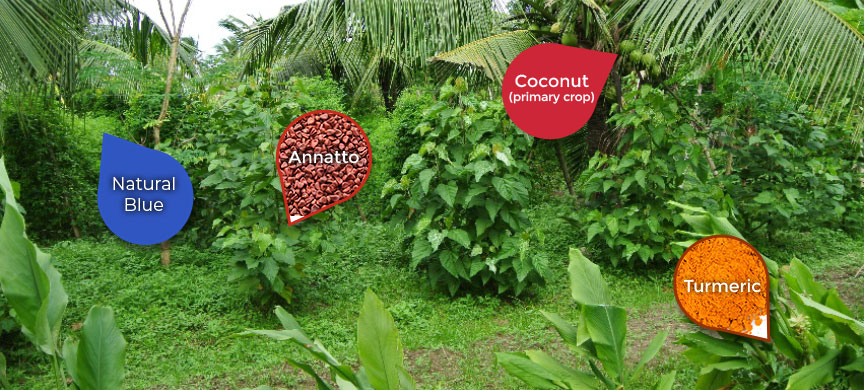
Intercropping is possible with multiple crops, depending on their compatibility; for example, in another region, Sensient is growing turmeric, annatto, and butterfly pea flowers in an area home to aging and unproductive coconut trees. Intercropping with legumes like butterfly pea is one of the best ways to promote plant health because of their ability to fix nitrogen. In this instance, the planting of our niche colour crops rejuvenated a farmer’s “out-of-business” production and revenue stream by simply repurposing the land. Another benefit of intercropping is crop diversity which consequently enriches diversity in the soil microfora and microfauna.
Sensient has also launched a joint project with agricultural cooperatives that offers local farming communities an additional source of income in regions where typically only a single crop is harvested per year by growing secondary colour crops after the growth cycle of their primary crops. The project allows growth of new, additional crops in otherwise fallow periods without decreasing the available agricultural surface area used to grow the primary food crops. Intercropping and planting between growth cycles (sequential or relay cropping) can be very fruitful for small scale farmers, because we give them demand security and insurance against crop failure. As a result, Sensient is also able to meet demand for agricultural raw materials outside of normal growing cycles.
Small Steps, Big Impact
Intercropping not only brings greater value to a farm, but it also generates positive ecological footprints.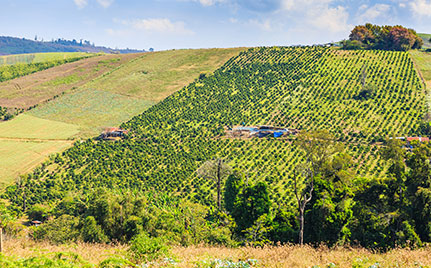
Planting on Slope to Prevent Soil Erosion
Sensient is happy to create new jobs in local farming communities across the globe. 




